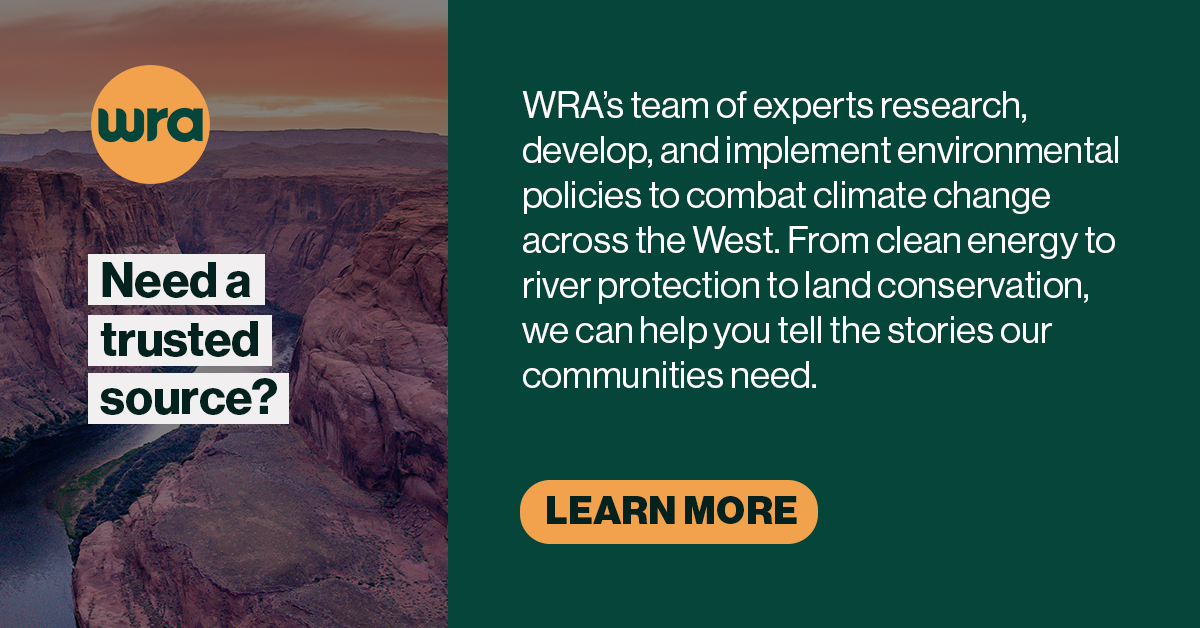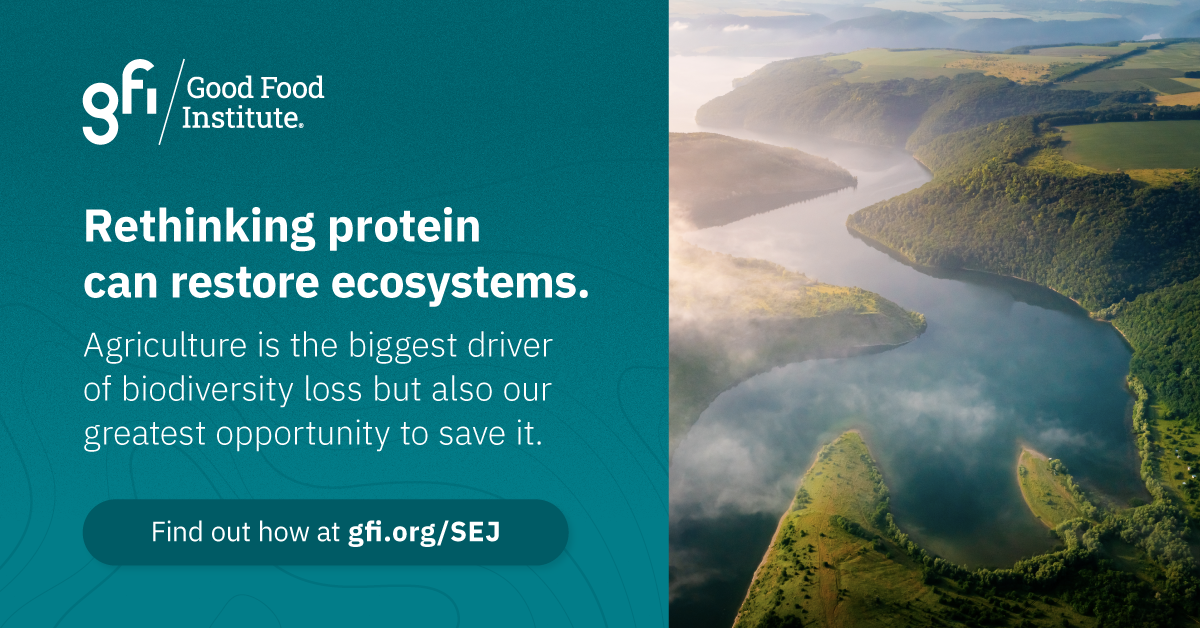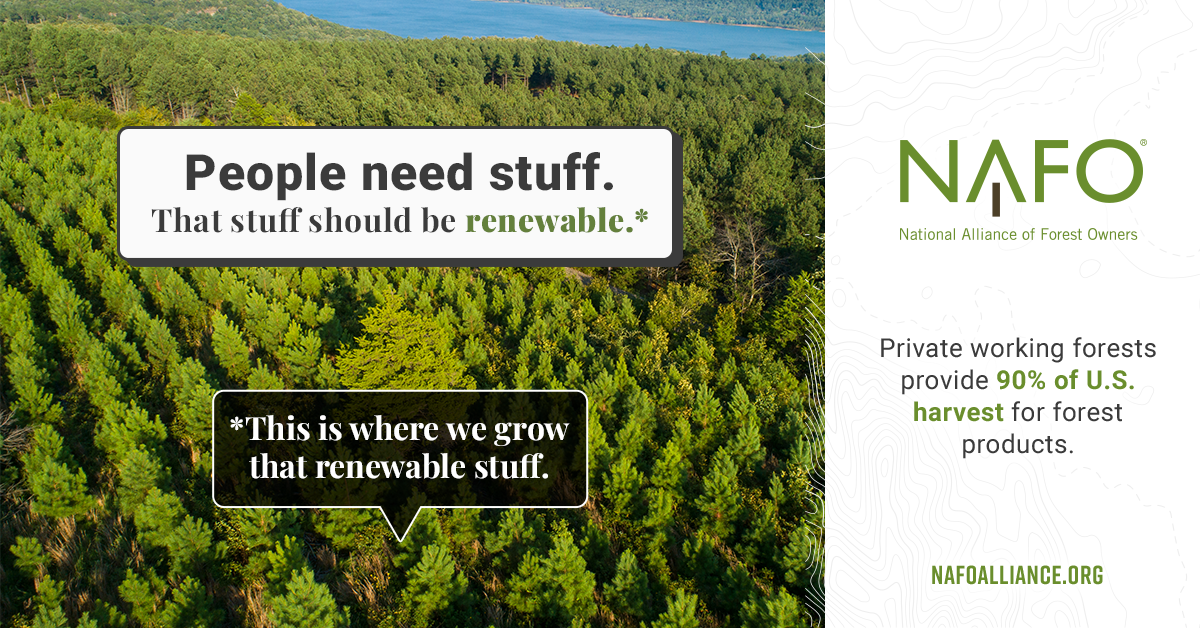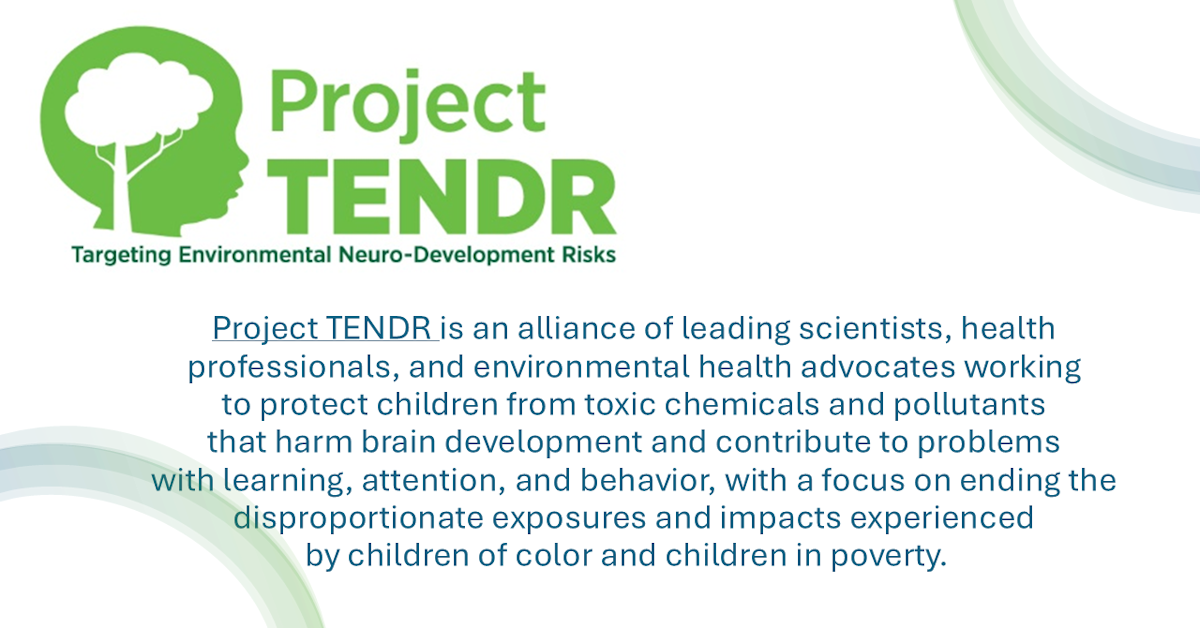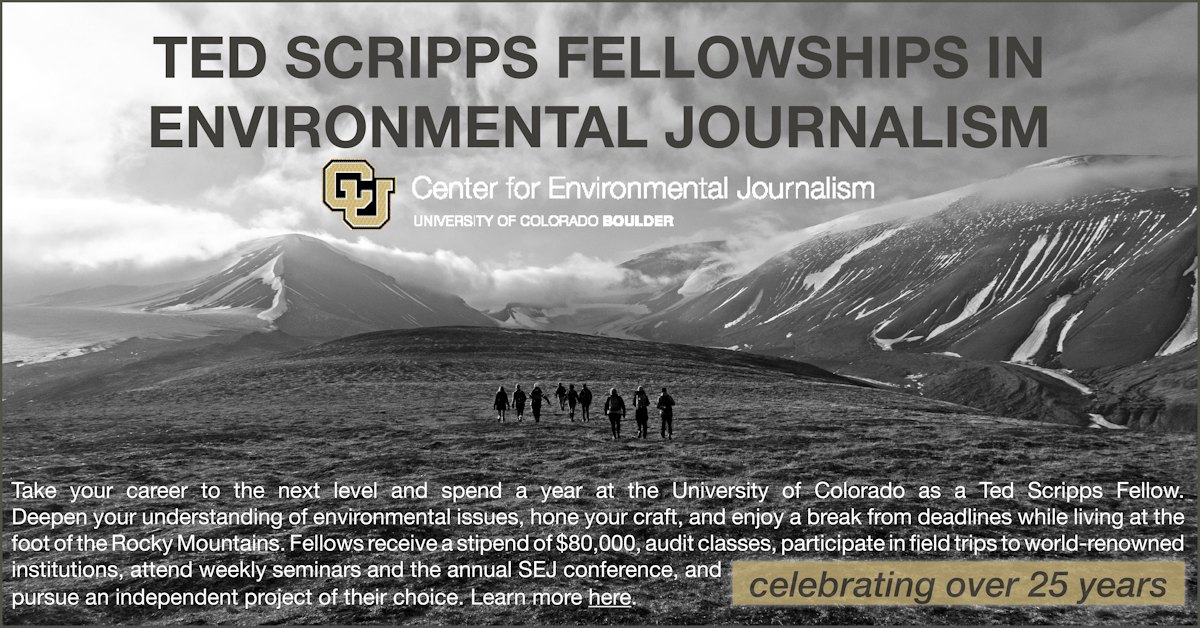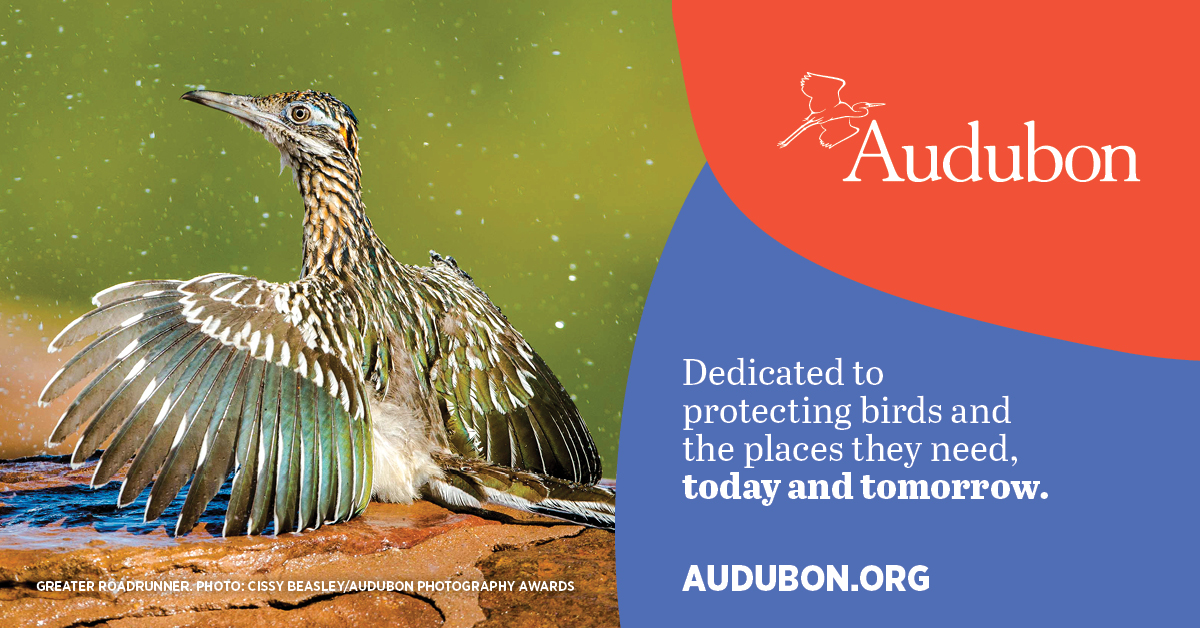Agenda
#SEJ2025 Agenda
Most sessions, as well as registration, exhibits and breaks, will take place at the Omni Tempe Hotel at ASU, 7 E University Dr, Tempe, AZ 85281 (unless otherwise indicated). Omni meeting-space floor plan.
- See the #SEJ2025 speakers!
Loading…
Powered By
Whova
Event software
As a journalism organization that believes in an open society, SEJ each year welcomes a diverse group of attendees to our annual conference. Attendees include representatives of business, government and environmental groups, as well as working journalists, academics and students.
Speakers, presentations, questions and responses do not necessarily reflect the views of SEJ or any of its members.
As our guest, please respect our interest in open discussions of environmental issues by respecting all participants in sessions you attend and not disrupting presentations of views you disagree with.
Please respect our rule that SEJ members are given preference during question-and-answer sessions.
SEJ is committed to supporting a harassment-free environment at the conference. Please read our Anti-Harassment Policy, Code of Conduct for Live Events and Disclaimer.

